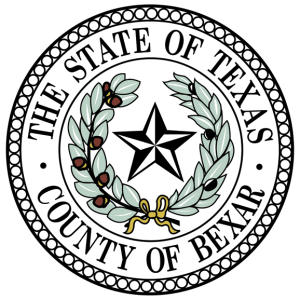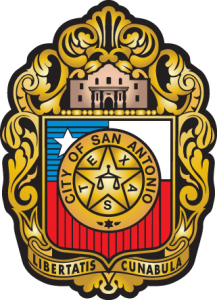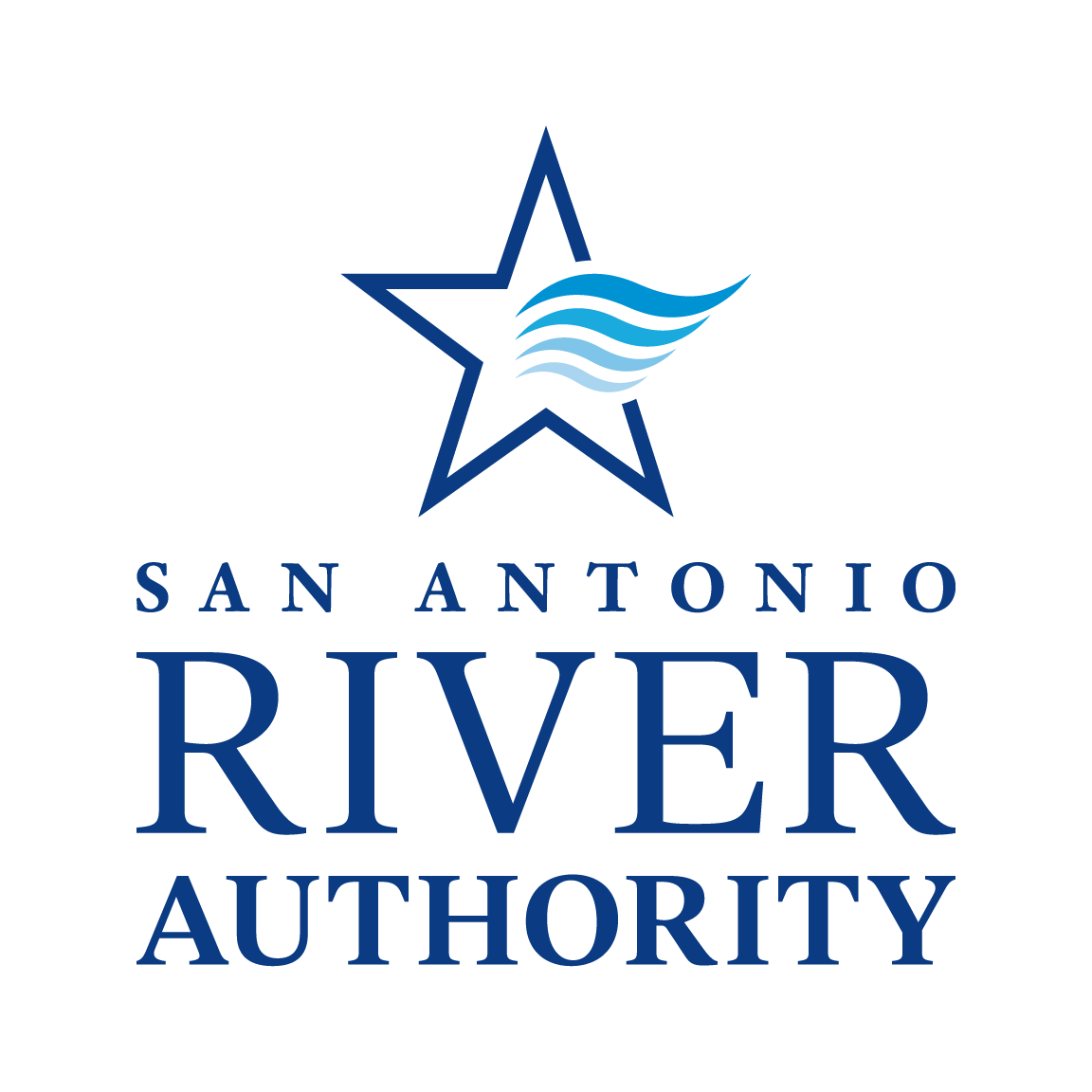Sustainability 101
How we care for our watershed now will determine the health of rivers and streams for future generations to enjoy. Sustainability describes the long-term success and vitality of our communities by implementing practices and policies today that provide benefit today, without jeopardizing future generations.
Sustainable practices do not only benefit the environment. In fact, the environment is only one of three major considerations the BRWM engages in sustainable planning. By balancing environmental interests with the interests of the economy and people, the BRWM partners can plan for future growth, without burdening the community’s well-being and without placing undue stress on our natural treasures. Overtime, sustainable planning and development will save taxpayer money through reduced stormwater infrastructure costs. It will also improve quality of life in our watershed through increased green space and landscape beautification.

When developing plans and projects to improve the communities throughout Bexar County, the BRWM Partners ask three fundamental questions before making any decisions. Each is core to the sustainability of our watersheds and communities. These considerations are integrated and often mutually benefit each other.
3 Principles of Sustainable Development
Does it protect our environment?
In the context of watershed management, the BRWM partners place a premium on environmental considerations in the development of new projects and plans. This may include optimizing land development through practices and behaviors that balance environmental quality, economics, and quality of life. Some examples of environmentally sensitive practices include low impact development (LID) techniques, green infrastructure, conservation development and natural channel design.
Together with the City of San Antonio, BRWM partners identified opportunities to incorporate LID techniques into the City of San Antonio’s Unified Development Code (UDC). The City of San Antonio’s UDC now mandates LID on RIO District properties abutting the river, and elsewhere in the city and in its extraterritorial jurisdiction LID is a voluntary option.
To further incentivize LID practices and to help educate our communities, the San Antonio River Authority has created an LID rebate and school grant program. SARA also created an LID training program for the construction inspection and maintenance of LID stormwater infrastructure to further educate the development and public sector professions.
The BRWM partners are committed to environmentally healthy watersheds.
Is it economically responsible?
Many factors may be considered in deciding whether a project is an economically responsible path forward. When it comes to watershed management, the benefit must justify the cost. Simply put, a project that meets both the environmental needs and the people needs, but which would undermine a future generation’s capacity to generate wealth, is likely not financially responsible. Such a project would have to be modified or replaced with a more economically sustainable option under the sustainability model of development.
The BRWM partners are committed to economic responsibility.
Does it benefit the health and safety of people?
When it comes to watershed management, the health and safety of people is often the very reason the project is being considered. This could mean removing properties from the floodplain or protecting the quality of water that flows through our watershed. But sustainability also means that projects provide a benefit to the health and vibrancy of our communities. Green spaces, parks, and trails for hiking and biking provide ample opportunity for families to get outside and enjoy our natural treasures in a safe and healthy environment.
The BRWM partners are committed to the health and safety of our communities and our watersheds.
Learn more about how the BRWM partners approach sustainability:



